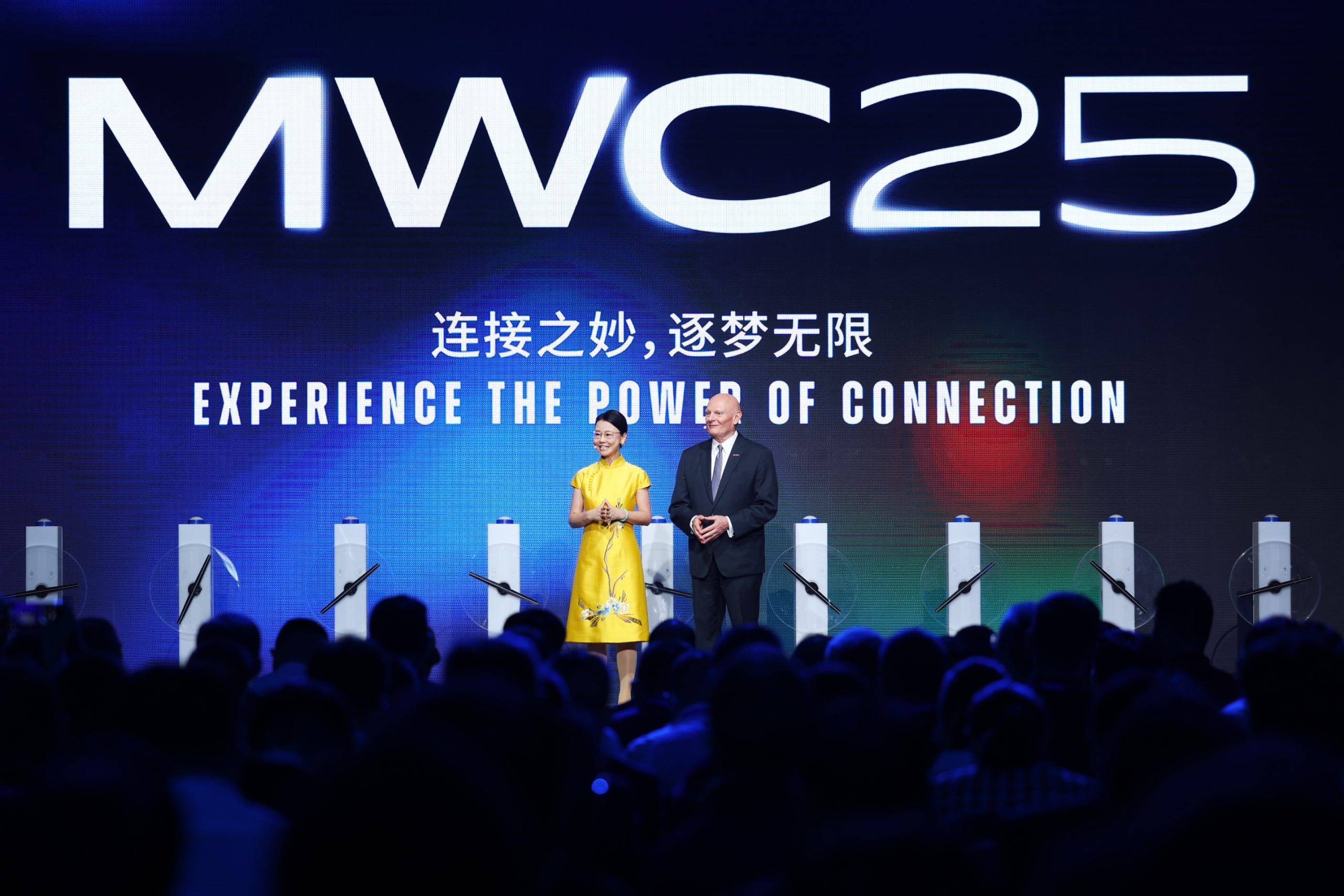Business leaders in 2024 are excited about the opportunities offered by artificial intelligence (AI), whether they intend to use it or not. The direct benefits are clear, especially in the recent economic climate where business resilience and results are paramount.
Today, most organisations appear to have big plans for AI. 86% of senior business leaders globally have already deployed AI tools to improve existing revenue streams or create new ones, according to our recent AI survey of over 1,272 businesses. And in the UK, 92% have AI deployments planned, in the works or already completed. But the level of innovation appears to be a sticking point for companies when it comes to incorporating AI into their business plans.
69% of business leaders said they are more focused on using AI to drive innovation and increase revenue than on improving productivity and optimising costs. However, in practice, this is simply not the case. Only 4% of companies are currently leveraging AI as a differentiator that is transforming their business. In other words, there is a huge gap between intent and implementation when it comes to innovating with AI. So why are companies facing challenges?
Head of Innovation, Tata Consultancy Services (TCS).
Risk aversion
Many businesses struggle to innovate due to a lack of sound financial models for digital transformation, a lack of leadership support, a culture that encourages innovation and structures in place, a lack of skills in the workforce, and business leaders’ concerns about regulatory issues. However, beyond these obstacles, when it comes to innovating with AI, risk aversion is often the main obstacle for business leaders. Only 23% of UK businesses have reported that they want to experiment and take risks with AI to maximise its benefits.
Any innovation involves trying new things, but with AI there are multiple types of risks. First, the technology evolves very quickly, which means there is a high risk of obsolescence and it can be difficult to acquire skills. The proliferation of platforms and tools can also create the risk of making suboptimal decisions. Because there are so many options for business leaders to choose from, it can be difficult to know which one is right for their organization.
The cost behavior of large-scale AI applications is not well understood, which also creates business risks that companies must address. And as governments still struggle to create and rewrite regulation for emerging AI technologies, there is the specter of regulatory and compliance risks. Companies may find themselves in hot water for a lack of explainability or transparency when using AI, which in turn creates a potential brand impact.
These risks are daunting because AI technology is new and the learning curve can be steep for many leaders. However, the issues can be mitigated. With a mature innovation approach, experimentation, test-and-learn methods, and governance models, organizations can create safe environments to use and innovate with AI. If it is complex or difficult to implement these measures alone, turning to the right partners is also a popular option to build confidence in using AI to drive improved processes and create new revenue streams.
The complexity of AI
For AI to be effective, it requires more data than traditional enterprise software, as it needs to be trained on large amounts of high-quality data that can be difficult to obtain. In addition, the algorithms are often quite complex and require specialists to maintain and develop, and legacy technology may need to be updated to support the software. This is a large-scale change that leaders must manage if they are to truly prioritize innovation and be ready for AI. It can also be costly.
Some leaders may be reluctant to accept the cost without being able to visualize data, outcomes, and potential rewards or may simply not feel comfortable selling the costs to internal stakeholders. An additional concern for businesses is the changing capabilities of the tools themselves. AI is evolving rapidly and the best model for the task at hand one week may not be the best the next week. Having an orchestration layer that can move applications between vendors without impacting the business is therefore critical to building agility into AI offerings and business processes. However, since AI is a newly prevalent technology with a lot of information being published about it on a daily basis, not all businesses will be aware that offerings exist for this yet.
Innovating in a safe environment
Businesses will be able to address many of these challenges over time, but for those that envision how to get ahead of the competition now and are struggling to do so in practice, having a safe environment in which to “test drive” is essential. Whether that’s having the right employees with the skills to brainstorm, the experience to advise on these new technologies, or even an expert IT services partner who can offer stakeholders a safe environment to innovate and implement effective change.
AI may be a widespread phenomenon, and small-scale implementations are certainly taking place among UK businesses. However, it is clear that without further support and expertise, many businesses will not make the leap from implementation to innovation.
The biggest challenge:
There is a huge gap between transformational and tactical use of AI. Everyone understands that AI can be transformative, but almost all current AI deployments are tactical: on specific projects that will typically deliver cost reduction or marginal gains within 12 to 18 months. However, this may end up being the biggest risk for organizations in my experience: the inability to make bold, transformative decisions.
AI may seem like a familiar entity to IT professionals and innovation a tangibly beneficial frontier, but AI transformation can often be an investment in something unknown to business leaders. To gain buy-in from leaders, IT leaders need to take a broader view that convinces them to invest in real innovation and transformation.
We list the best cloud management software.
This article was produced as part of TechRadarPro's Expert Insights channel, where we showcase the brightest and brightest minds in the tech industry today. The views expressed here are those of the author, and not necessarily those of TechRadarPro or Future plc. If you're interested in contributing, find out more here:









